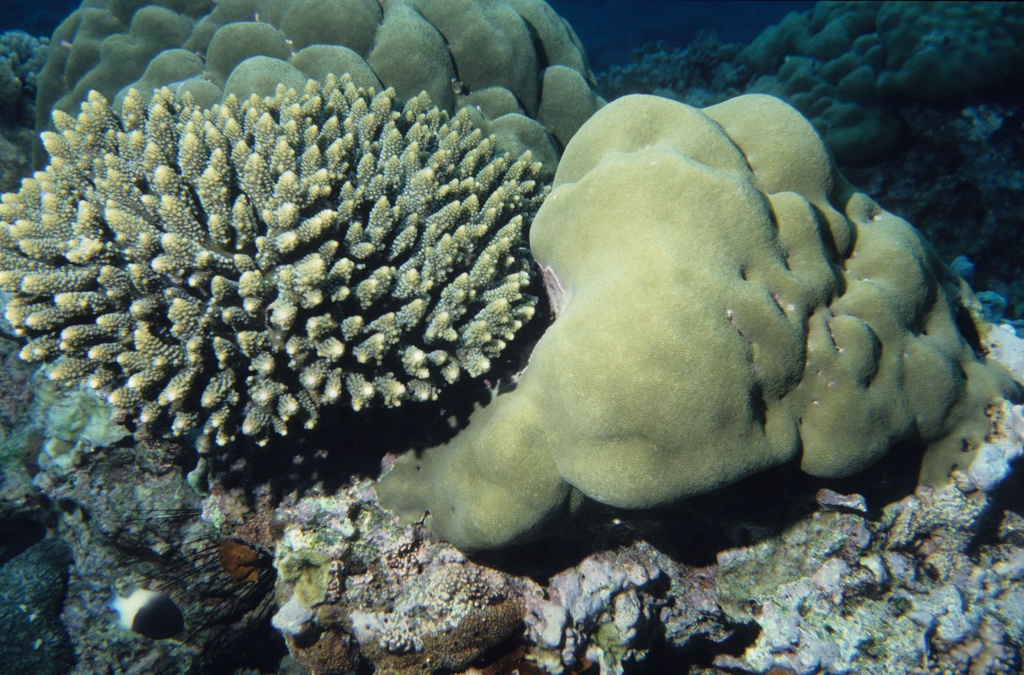
For those interested in how the coral reefs in the oceans of the future may respond to rising temperatures, pollution and over-fishing, The Christian Science Monitor has a fascinating article on its website. It describes how researchers in Hawaii took some corals from the ocean and subjected them to the kind of extreme temperatures and water conditions that sea life will likely face by the end of the current century and then examined them two years later.
While many of the corals simply died, the researchers were encouraged to see that more survived than they had expected. Some corals stayed alive but lost their coloring and took on a bleached appearance. Essentially, the researchers now believe that future coral reefs will have less diversity of species but will adapt to whatever humans do to their habitat. However, the lack of diversity will likely lead to reefs that are not as healthy overall.
Super-Corals and the Future
Scientists are now searching for “super-corals” that can withstand dramatic increases in temperatures without dying or losing their color. The hope is that such corals could be used to replace corals in dying reefs worldwide. While some extremely hardy corals have been found, scientists are not sure if their toughness in dependent on the specific locations where they live. For example, a coral that can take the heat off the coast of Hawaii might not be able to withstand similar conditions off the coast of Australia, so transplanting the super-corals could prove ineffective.
The effects of climate change through rising ocean temperatures have already begun to affect coral reefs, and there has been fear that they may disappear entirely within the next century or so. Today, many scientists believe that there will still be some types of coral reefs in the oceans of the future, but they won’t be like the ones today, and they won’t necessarily be in the same locations. Because there are so many variables at play, it is difficult to predict much beyond that.


